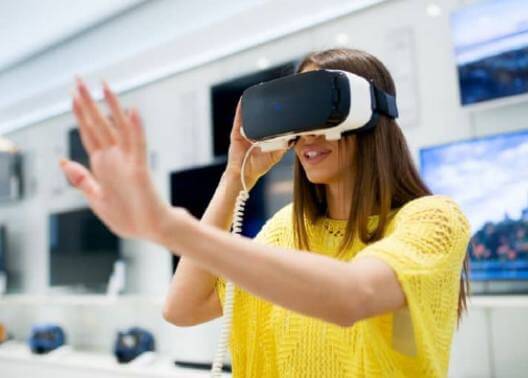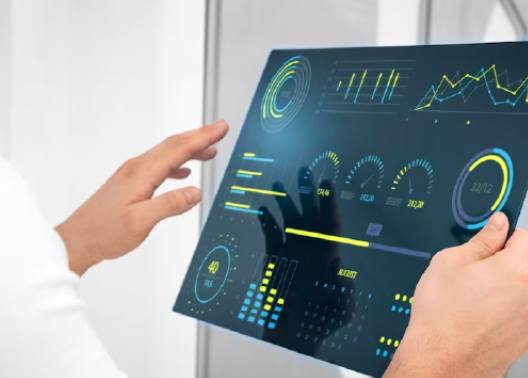While the transition from brick-and-mortar to click-and-mortar offers tremendous opportunities, it is not without its challenges. Traditional retailers must contend with issues such as legacy systems, organizational resistance to change, and the need for upskilling employees. Moreover, there are concerns regarding data privacy, cybersecurity, and the threat of online competitors. However, by investing in robust infrastructure, fostering a culture of innovation, and prioritizing customer-centricity, retailers can overcome these challenges and emerge stronger and more resilient in the digital age.
























